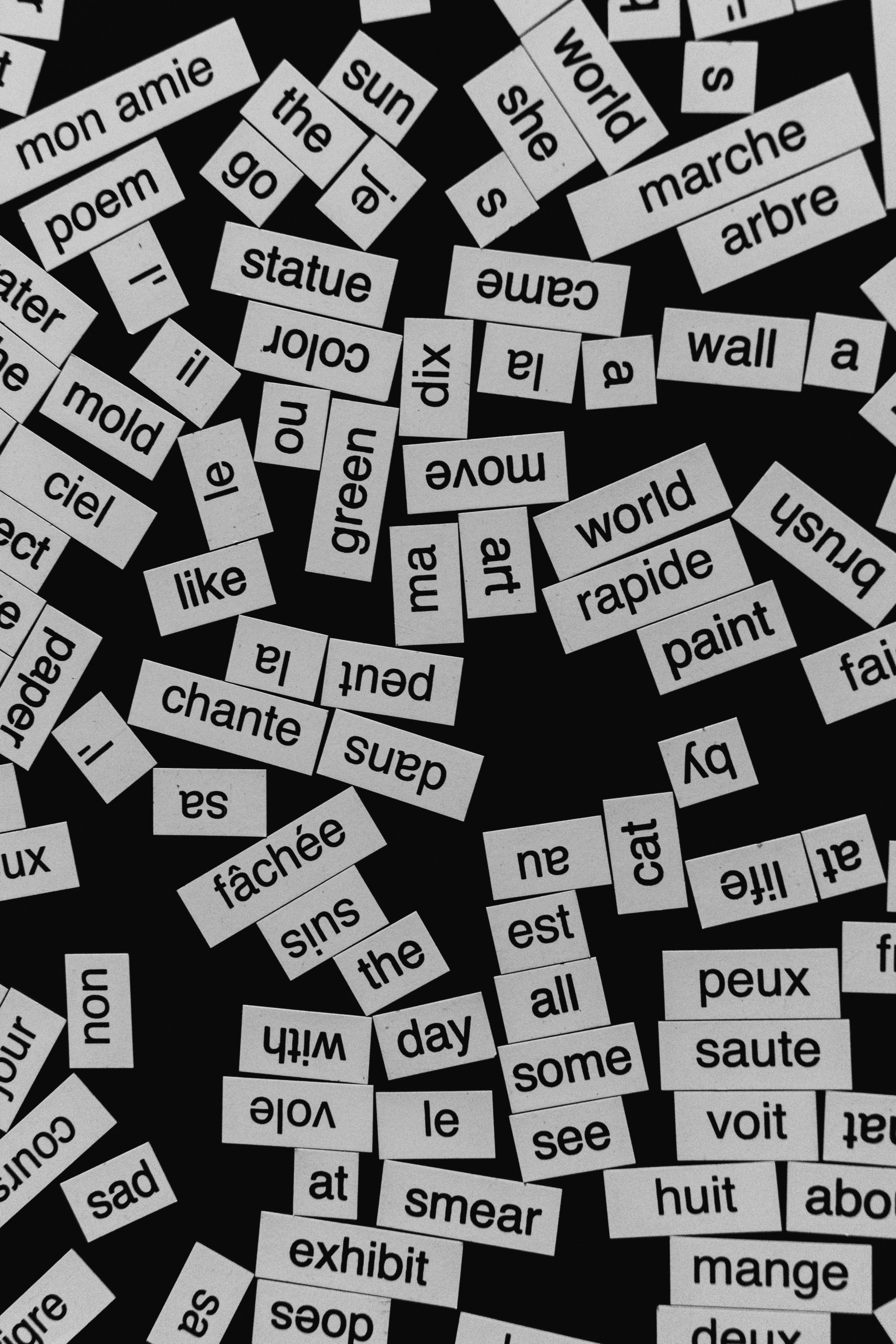Article in partnership with Day Translations. When it comes to translating scientific terminology in the medical sector, only the professionals can guarantee that the job is done to the highest specification and accuracy.
Why You Can’t Use Google Translate for Medical Translations
While some AI tools and automation are common practice in the work of professional translators, relying on Google Translate for medical terms not only is not advised but it could cause serious harm.
The British Medical Journal “entered the chat”, so to speak, in an article from 2014, highlighting the risks involved in inaccurate translations between doctors and patients.
The work of medical professionals include using scientific terms, which in themselves need to be explained in layman’s terms for patients. In medical literature, the role of professional translators is indispensible to ensure that the information in another language is correct and not open to challenge.
In 2014 the BMJ conducted a study using ten common medical sentences to be translated into 26 different languages using Google Translate from English. The translated texts were then given to translators who were native speakers for those 26 languages. The native speakers were tasked to translate the text back into English. The final version was then scored for accuracy, paying particular attention to errors that would invalidate the meaning of the sentence.
The result from this study was that Google Translate was only 57.7% accurate and this margin of error was unacceptable for medical translations. In addition to these results, when broken down into geographical provenance of the languages, it was found that Western European languages had higher accuracy at around 74% but Asian and African languages didn’t even reach 50% accuracy, scoring as low as 46% and 45% respectively. It is very striking to note that Swahili only scored 10% accuracy. Languages such as Mandarin Chinese, Arabic and Thai are among the most difficult to translate into English. To quote from the study, Google Translate is likely to produce “nonsensical results”, which is not what you need as a medical professional when making time-sensitive decisions for a patient’s health and recovery.
Of course, several years have gone by since that study in 2014 and in the meantime Google Translate has gathered more data, with machine learning making more progress. However, regardless of any technological advances, the most important factor to consider remains and that is that when it comes to human’s health only the professionals should do the job, either in delivering healthcare or in translating medical terms.
Examples of Medical Information Requiring Translation
When you visit a doctor’s office you often see information leaflets and booklets aimed at patients, ranging from seasonal allergies to the common cold and flu, disease prevention and any other useful advice, including for mothers and babies. These leaflets and booklets are translated into the languages that patients in the area may be native speakers of. For example, in many areas of London information leaflets for patients are available in Hindi and Urdu.
Intake forms including consent forms, detailing a patient’s medical history, can be made available in different languages.
Prescriptions and medical protocols can also be translated into various languages, including instructions booklets for medical equipment that the patient may need to use at home such as blood pressure monitors.
Why Do We Need Human Translators?
Professional human translators have the required knowledge to add context and understand how to translate a document in relation to its use, particularly when it comes to translating medical documents. For example, when some doctor’s notes about a patient’s symptoms are translated into another language, if the symptoms are translated inaccurately it will result in administering the wrong medication or the wrong clinical protocol, with the potential to cause severe harm to a patient.



